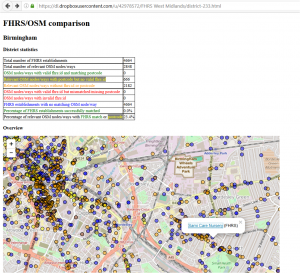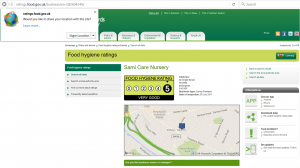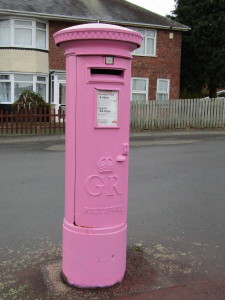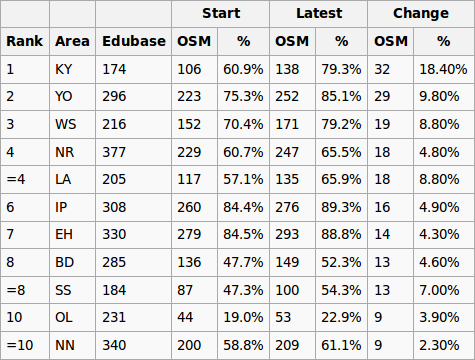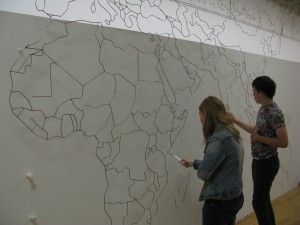This month Amey released a number of open datasets to Birmingham City Council, which has published them on its Data Factory site under an OGL licence
Amey maintains Birmingham’s highways under a 25 year Highways Maintenance and Management Service, which is Europe’s largest local government highways partnership.
It covers 2,500km of roads, 4,200km of footways, 95,000 street lights, 76,000 street trees, around 1,100 traffic light signals and over 1,000 bridges, tunnels and highways structures. Winter services involve gritting 1,200km of road every night during freezing weather, maintaining 1,265 grit bins and treating priority pavements in icy conditions.
The datasets cover: trees, traffic signals, streetlights and gullies (points where surface water drains off the highways) as at December 2016
The tree dataset seemed the most interesting to us, especially with relation to other datasets for air pollution that are being generated. A review of the data showed its positional accuracy to be pretty good: none of us have specialist knowledge about tree species so we are accepting the accuracy of Amey’s data. Amey’s data contains details of the species, estimated age and shape of the trees as well as other identifiers.
Currently we’re engaged in importing the tree dataset which we’re doing on an area basis so that we can do a human review and delete existing trees which have been added from various aerial imagery sets. One of the benefits of this method is to eliminate trees in the Amey dataset that are identified as “assets to be de-accrued” – these refer to trees that have been removed either because of highway improvements, storm damage, disease or safety.
It’s a great shame to pass a highway junction where you’ve just imported the trees to see the tree surgeons at work felling them all in preparation for a junction improvement!
We have of course raised with the Amey the question of how the dataset is to be maintained as open data. It would be such a shame for our hard work and their welcome initiative to degrade over time because there is no mechanism for updates of additions and deletions.
We’re not sure yet what to do with the other data. The traffic signal data is probably the next most interesting. We’ve taken a brief look at this and our current thinking is to import the data as untagged nodes and gradually manually transfer the UIDs to adjacent traffic signals, deleting the imported node. We’re pretty confident that with previous work we’ve done in collaboration with Birmingham City Council we’ve captured most of the traffic signals; and any way trees are going to keep us occupied for a few weeks.
We’ll keep you posted.
